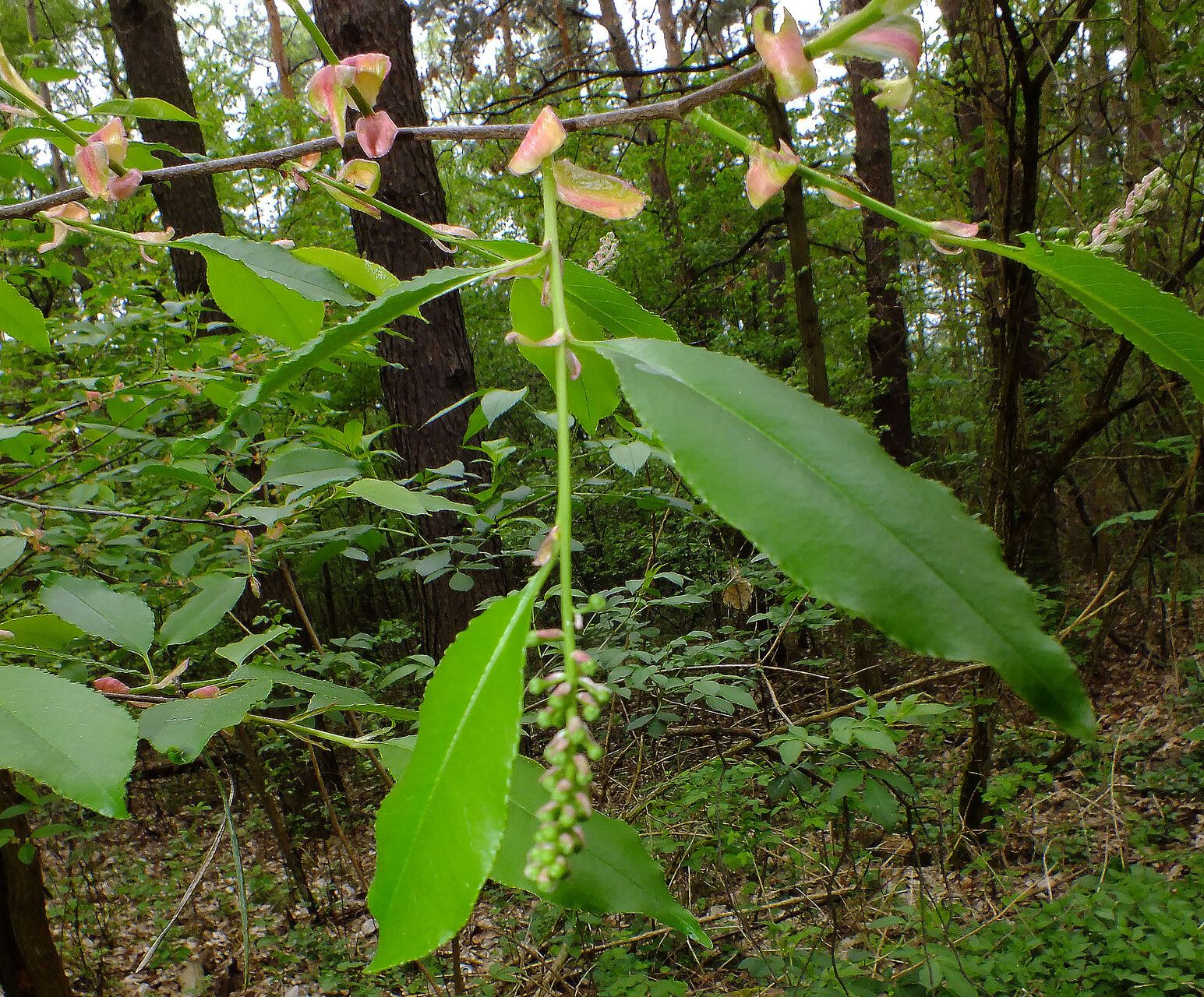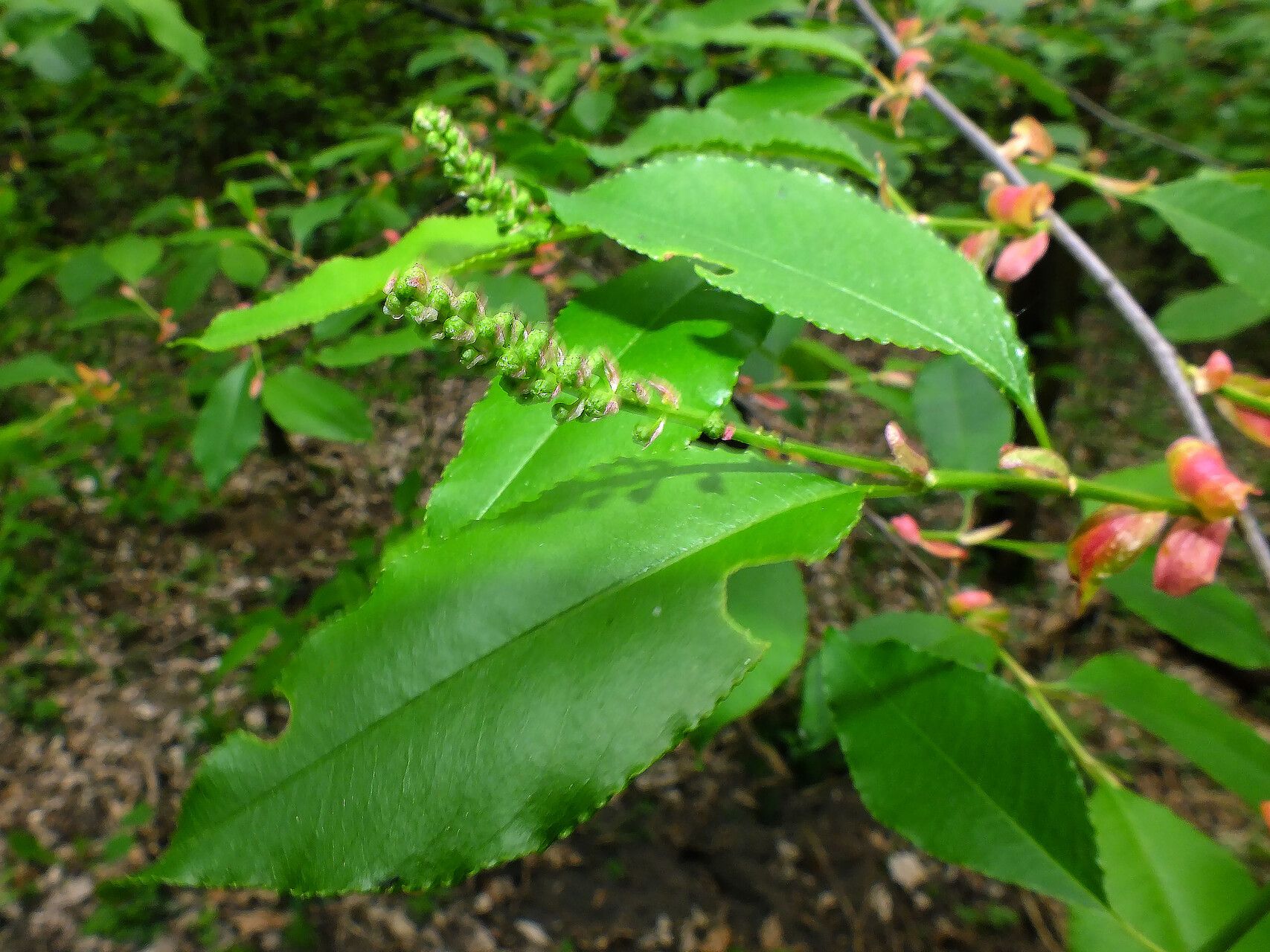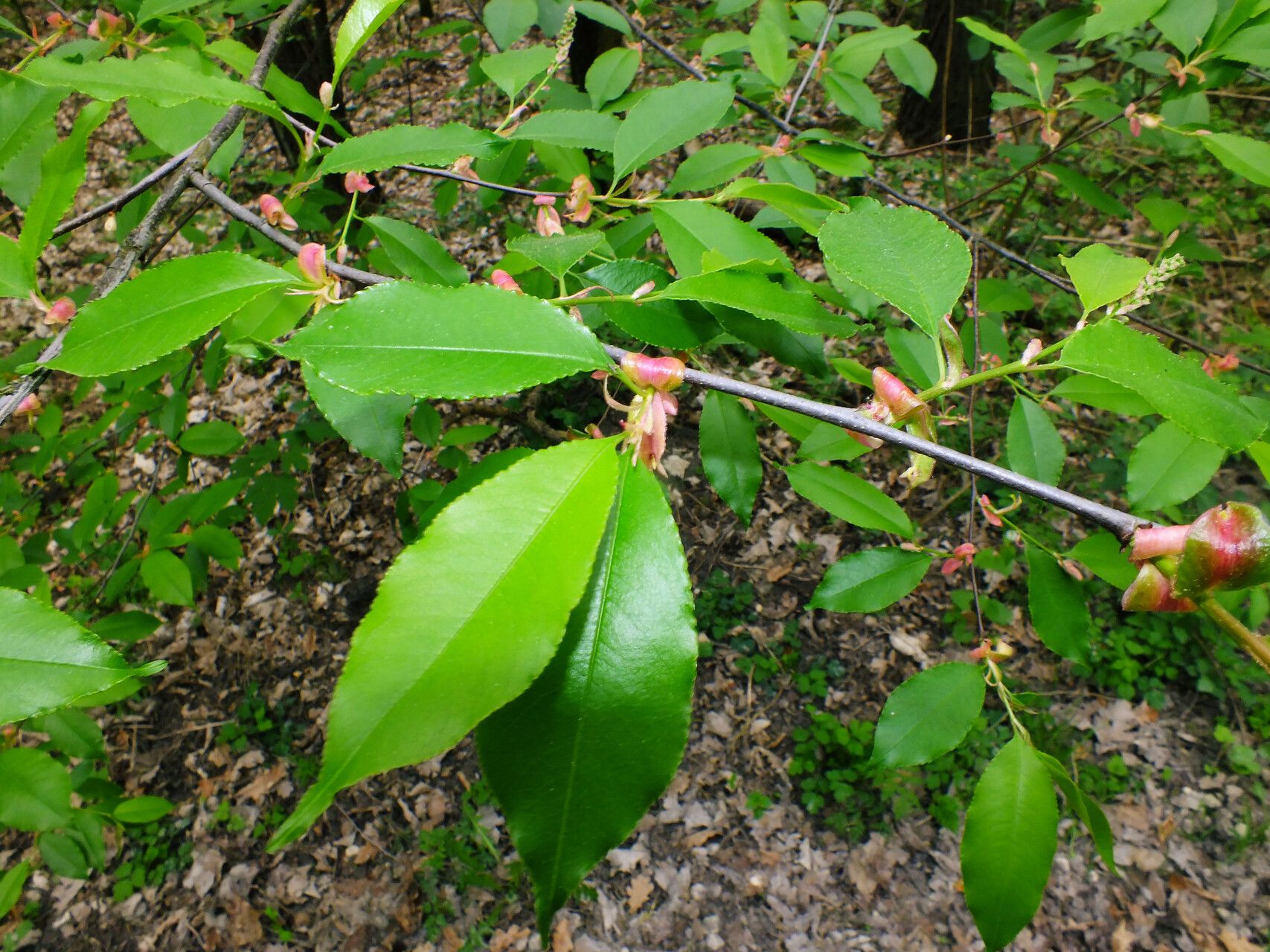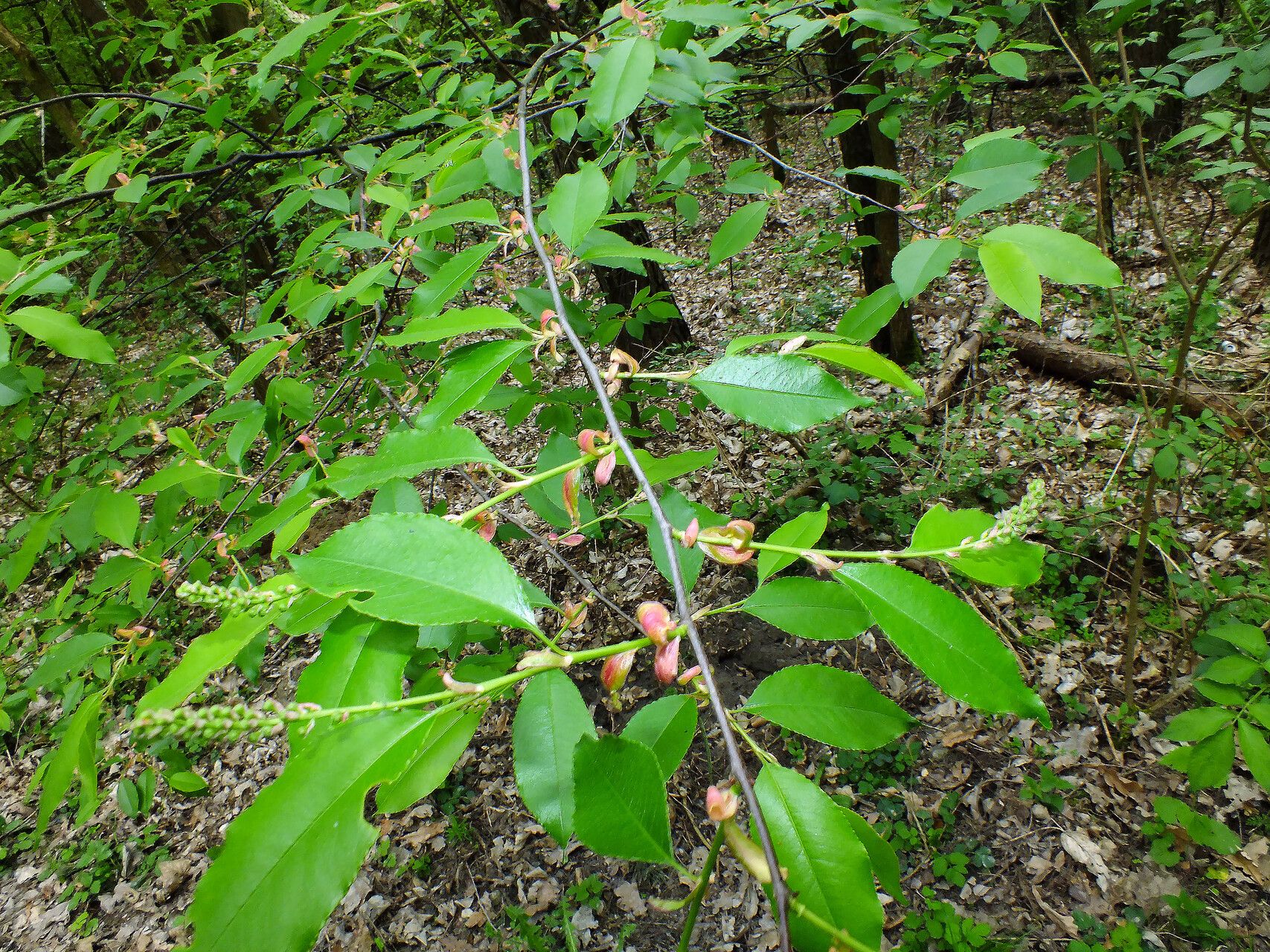Observation
Détermination
Détermination proposée
Nom le plus probable (Nom soumis)
100 %Score de confiance
Suggérer une autre détermination
Vous n'êtes pas d’accord avec l'espèce suggérée mais vous n'avez pas d'autre suggestion
Commentaires
Données complémentaires
Date de création
13 avr. 2024
Dernière révision
10 mai 2024
Kalonka, near Łódź
Introduced to Poland at the end of XVIII century; invasive plant!
Ornamental plant.
Edible plant - fruits raw or cooked in pies, jellies, stews, etc., they must be fully ripened for to avoid a bitter taste; seeds raw or cooked.
Herbal plant - the bark of the root, trunk and branches is antitussive, astringent, pectoral, sedative, stomachic and tonic; a decoction of the inner bark has been used in the treatment of laryngitis; the root bark has been used as a wash on old sores and ulcers; fruits are astringent and has been used in the treatment of dysentery.
Useful plant - a green dye can be obtained from the leaves; a dark grey to green dye can be obtained from the fruits; the reddish-brown wood is close and straight-grained, light, strong, rather hard, highly shock resistant.
In Poland, it is sometimes planted in the undergrowth in pine forests and in mixed coniferous forests to enrich biodiversity and ameliorate soil conditions.
Partagé dans
Groupes (16)







